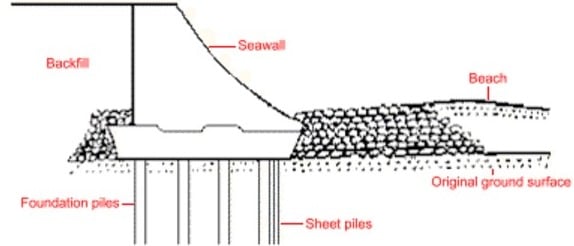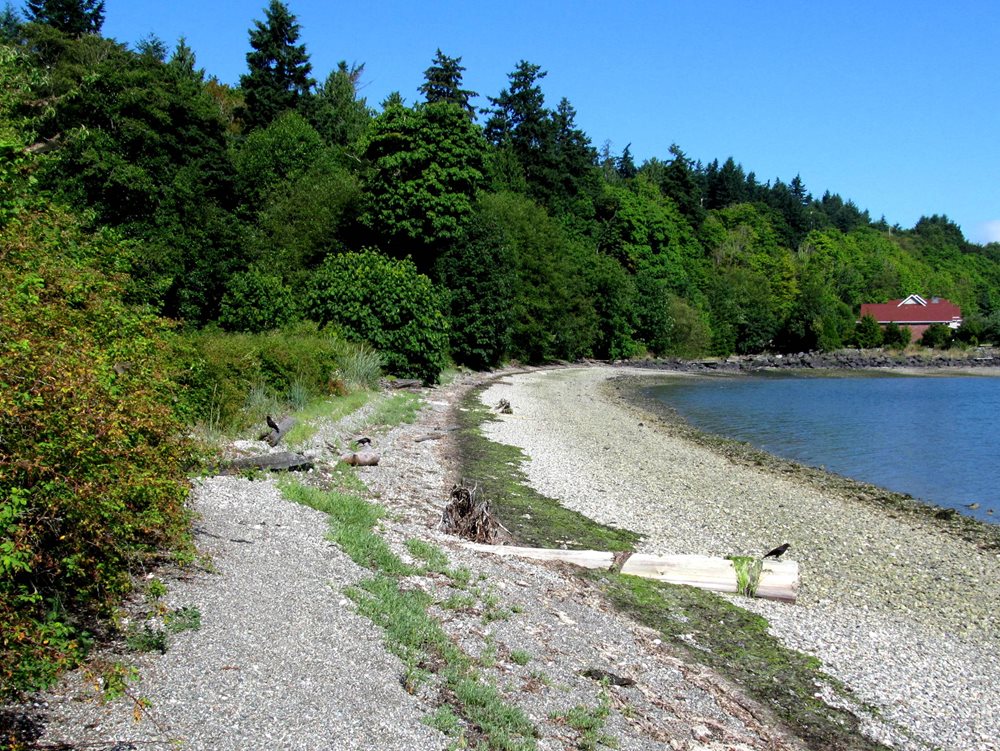The Facts About Shore Protect Team Uncovered
Table of ContentsAll about Shore Protect TeamThe Shore Protect Team IdeasRumored Buzz on Shore Protect Team9 Simple Techniques For Shore Protect TeamShore Protect Team Things To Know Before You BuyThe Of Shore Protect TeamShore Protect Team for Beginners
Decline in building worth: As the location tourism is impacted by erosion, so then is the economic climate. Buyers are much less likely to look for a beach house that can be ruined anytime by the impending flooding and erosion emergency. Subsequently, home worth can drop immensely and affect the entire area.Whether a coastline is simply tiny and congested or needs to shut totally for the safety of the community and neighboring buildings, this considerably affects tourism. In turn, local economic situations are influenced (https://penzu.com/p/9d96bda6305dfeec). Danger of injury: The raised risk of flooding and architectural failings causes an enhanced threat of injury to nearby vacationers and area participants

is home to even more than 84,240 miles of coast with 41% of it exposed to the open sea. Coastal designers are in charge of safeguarding the shore against changes by lessening the harmful impacts of both natural and man-made occurrences. Shoreline stablizing is directly pertaining to their task. Waterfront hotels: Due to the fact that shoreline erosion effects tourist, it affects the success of waterside hotels.
The Best Guide To Shore Protect Team
This at some point results in closures and deserted beachfront buildings. Coastal industrial businesses: No visitors suggests no company. For those organizations satisfying locals, their building is at threat of damages from erosion and flooding. Coastal state parks: State parks that exist along shorelines go to danger of damage. Not just to the manufactured frameworks and residential properties on website, yet also to the all-natural ecosystems that exist within.
Difficult stabilization uses manufactured frameworks as security to regulate erosion. The majority of forms of difficult stablizing like seawalls and sheet metal are not perfect for shoreline stablizing.
The Greatest Guide To Shore Protect Team
There's likewise not nearly enough evidence of their effectiveness depending upon the type of coastline and regional conditions. Difficult stablizing methods often tend to be harder to mount and do not match the natural aesthetic, protruding like a sore thumb and hurting local environments in many scenarios. Coastline nutrients is the process of including lost sand and sediment back to coastlines after erosion has actually taken place.
TrapBags aid in the procedure of beach nourishment by safeguarding natural environments and allowing plants to grow. While this procedure can be costly and is not permanent, the pros have a tendency to exceed the cons. TrapBag obstacles offer several properties that make them suitable for coastal and riverbank erosion security. They're: Eco-friendly: You can use indigenous soil both to surround and to fill the TrapBags.

Some Ideas on Shore Protect Team You Need To Know
They can also be set up without any type of hefty equipment. Budget-friendly: TrapBags are ideal for both small and large areas of shoreline.
The proper seawall design relies on location-specific aspects, consisting of surrounding erosion processes. There are 3 main types of seawalls: vertical, rounded, stepped, and piles (see table below). A record released by the United Nations Environment Programme (UNEP) suggests that the tsunami of 26 December 2004 triggered less damage in the areas where natural barriers were present, such as mangroves, reef or coastal plant life.
All-natural obstacles, such as coral reefs and mangrove forests, avoid the spread of tsunamis and the flow of seaside waters and mitigated the flooding and rise of water. A cost-benefit technique is a reliable way to figure out whether a seawall is appropriate and whether the advantages deserve the expense.
A Biased View of Shore Protect Team
A seawall is a fixed feature which can contrast with the dynamic nature of the coast and restrain the exchange of sediment between land and sea. The table below sums up some positive and adverse effects of seawalls which can be made use of when comparing their performance with various other coastal management alternatives, such as coastline sustenance. [] Advantages and negative aspects of seawalls according to Short (1999) Benefits Downsides Long-term remedy in contrast to soft coastline nutrients.

This can create coastlines to dissipate, providing them pointless for coastline goers. Generally, seawalls can be a successful method to control seaside erosion, but just if they are built well and out of materials that can withstand the pressure of continuous wave power. Some understanding is needed of the seaside procedures and morphodynamics specific to the seawall location.
Facts About Shore Protect Team Revealed
The ideal seawall style counts on location-specific facets, including surrounding erosion procedures. There are 3 primary kinds of seawalls: vertical, bent, stepped, and piles (see table listed below). A report released by the United Nations Environment Programme (UNEP) suggests that the tsunami of 26 December 2004 created less damage in the locations where all-natural obstacles were existing, such as mangroves, reef or coastal vegetation.
Natural obstacles, such as coral reefs and mangrove forests, prevent the spread of tsunamis and the circulation of coastal waters and reduced the flooding and rise of water. A cost-benefit method is a reliable means to establish whether a seawall is suitable and whether the advantages deserve the expenditure.
8 Simple Techniques For Shore Protect Team
A seawall is a fixed feature which can contrast with the vibrant nature of the coast and hinder the exchange of sediment between land and sea. Benefits and disadvantages of seawalls according to Short (1999) Benefits Negative aspects Long term solution in contrast to soft coastline nutrients.

This can cause beaches to dissipate, making them useless for beach goers. Generally, seawalls can be a successful method to manage coastal disintegration, yet only if they are built well and out of materials that can endure the pressure of continuous wave energy.